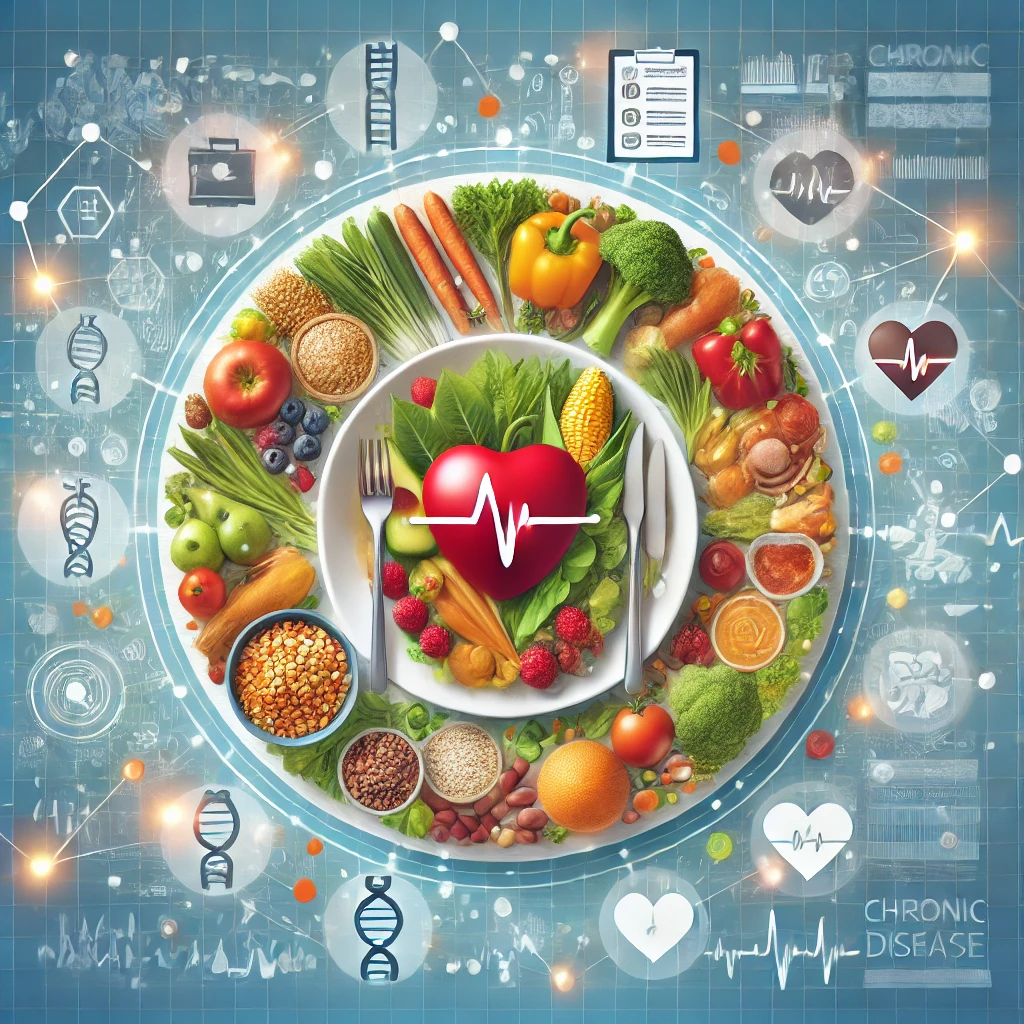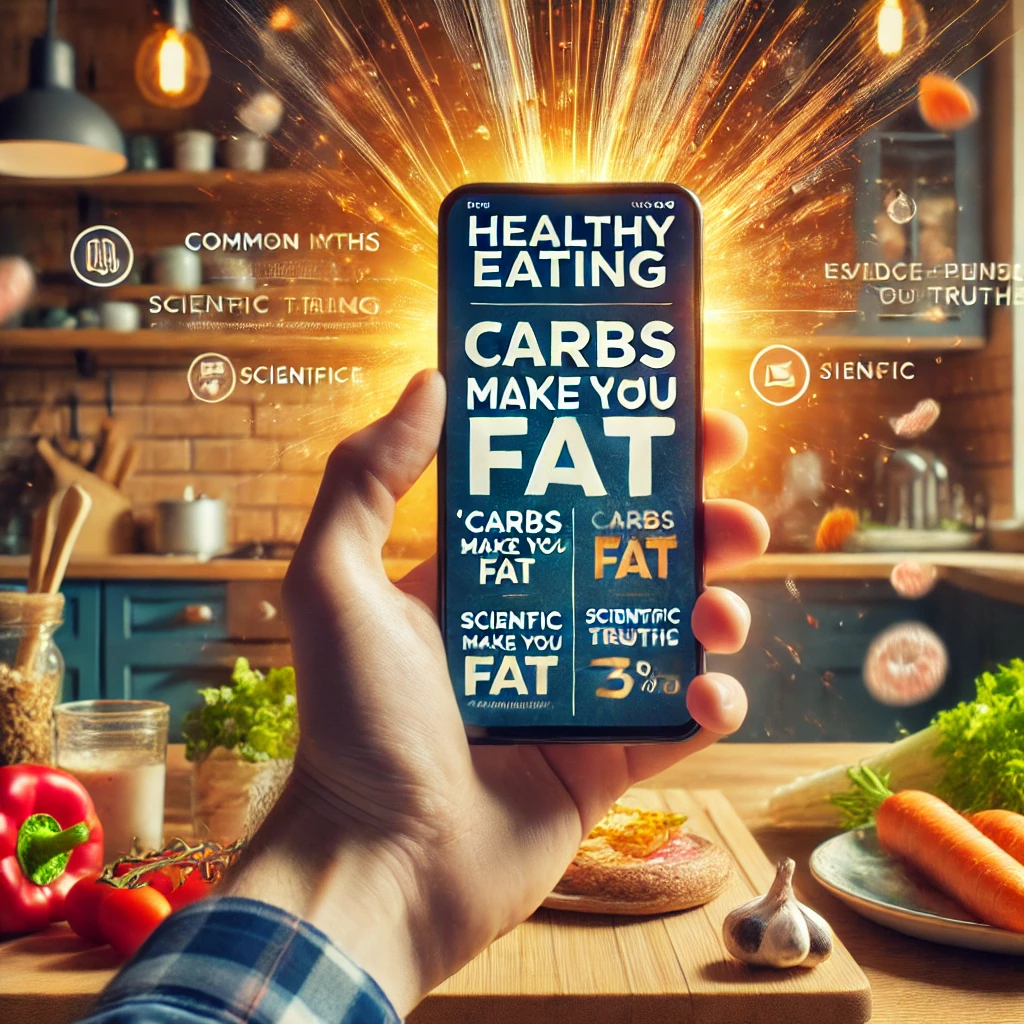Table of Contents

Introduction to Meal Planning for Weight Loss

Meal planning is a critical strategy for anyone aiming to achieve weight loss goals. By taking a structured approach to what you eat, meal planning helps regulate portion sizes, ensures balanced nutrition, and minimizes the likelihood of making unhealthy, spontaneous food choices. Whether you’re navigating a busy lifestyle or simply looking to make more informed dietary decisions, meal planning offers numerous benefits that can contribute significantly to your weight loss journey.
One of the most compelling reasons to engage in meal planning is its efficacy in portion control. When you’re pressed for time or feeling particularly hungry, it’s easy to overeat or opt for high-calorie, low-nutrient foods. However, by planning your meals in advance, you can pre-determine appropriate portion sizes that align with your caloric needs, thereby reducing the risk of overeating.
Another advantage of meal planning is the ability to maintain a balanced diet. Often, people seeking to lose weight focus too narrowly on calorie reduction, neglecting other critical aspects of nutrition such as protein, vitamins, and minerals. Planning your meals allows you to incorporate a variety of nutrient-dense foods, ensuring that your body gets the comprehensive nourishment it needs while still facilitating weight loss.
Despite its many advantages, sticking to a meal plan can be challenging. Common obstacles include lack of time, inconsistent schedules, and the temptation of convenient, unhealthy food options. Additionally, the initial effort required to devise a meal plan can seem daunting. However, by approaching meal planning with a realistic and flexible mindset, these challenges can be mitigated. Setting aside a specific time each week to plan and prepare meals, and allowing room for occasional indulgences within your dietary limits, can make the process more manageable and sustainable in the long term.
Ultimately, meal planning is not just about what you eat, but how you approach eating. By establishing a thoughtful and deliberate eating regimen, you provide yourself with the tools and structure needed to achieve lasting weight loss and improved overall health.
Assessing Your Nutritional Needs
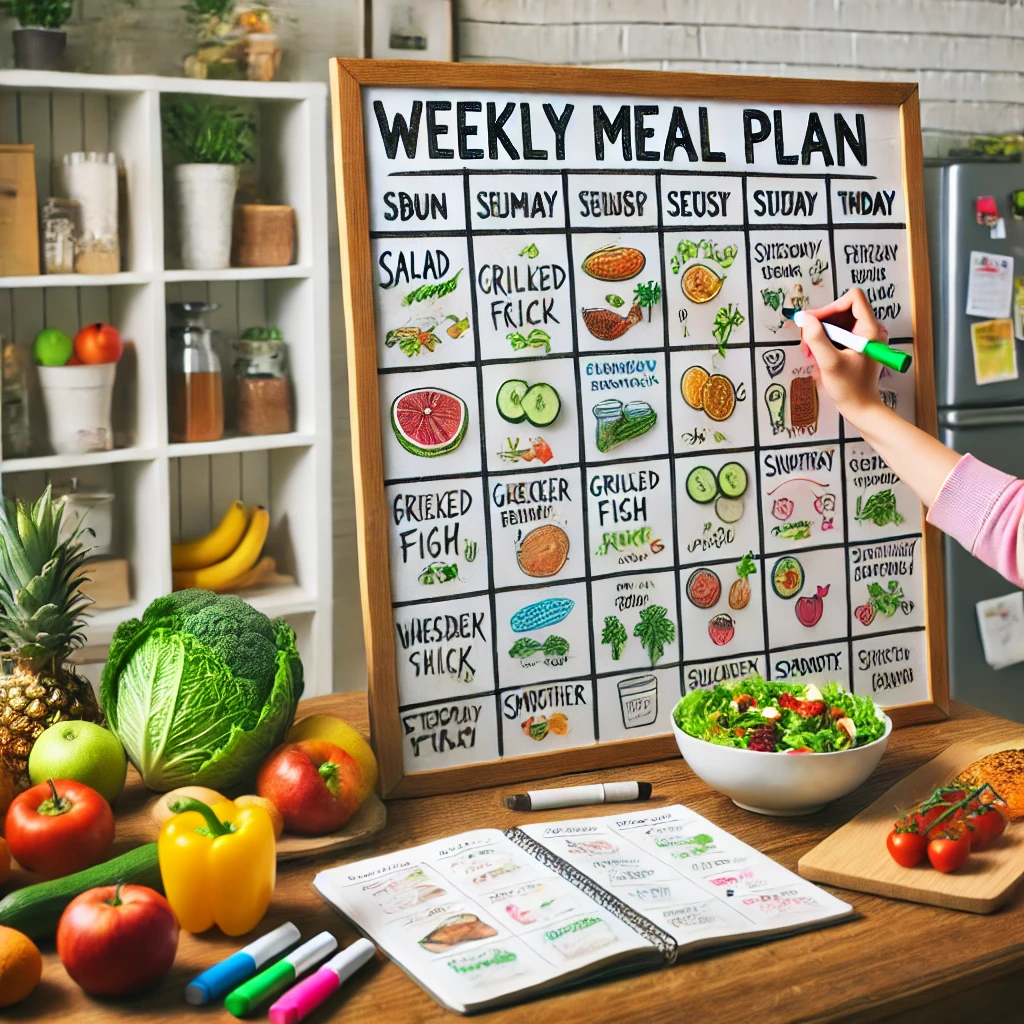
Understanding your individual nutritional needs is critical for effective and sustainable weight loss. One key element in this process is calculating your Basal Metabolic Rate (BMR), which represents the number of calories your body requires to maintain basic physiological functions at rest. To determine your BMR, you can use an online calculator or apply the Harris-Benedict equation, which takes into account factors such as age, gender, weight, and height.
Once your BMR is established, the next step is to calculate your Total Daily Energy Expenditure (TDEE). TDEE is the total number of calories you need to maintain your current weight, considering both your BMR and the calories expended through physical activities. By subtracting a reasonable amount of calories—typically 500 to 1,000 calories from the TDEE—you can establish a calorie deficit, which is essential for weight loss.
Equally important is understanding the distribution of macronutrients, namely carbohydrates, proteins, and fats, in your diet. A balanced distribution supports not only weight loss but also overall health and well-being. Generally, a diet comprising 45-65% carbohydrates, 20-35% fats, and 10-35% proteins is recommended. However, your specific needs may vary based on your activity level, dietary preferences, and metabolic health.
Additionally, vitamins and minerals play a crucial role in supporting metabolic processes and maintaining overall health. Nutrients such as vitamin D, calcium, and iron are particularly important. While a well-balanced diet typically provides these essential nutrients, consulting with a dietitian can offer personalized insights. A registered dietitian can help tailor a plan that aligns with your nutritional needs, weight loss goals, and lifestyle, thereby ensuring a more effective and satisfying journey towards weight loss.
Setting Realistic Goals
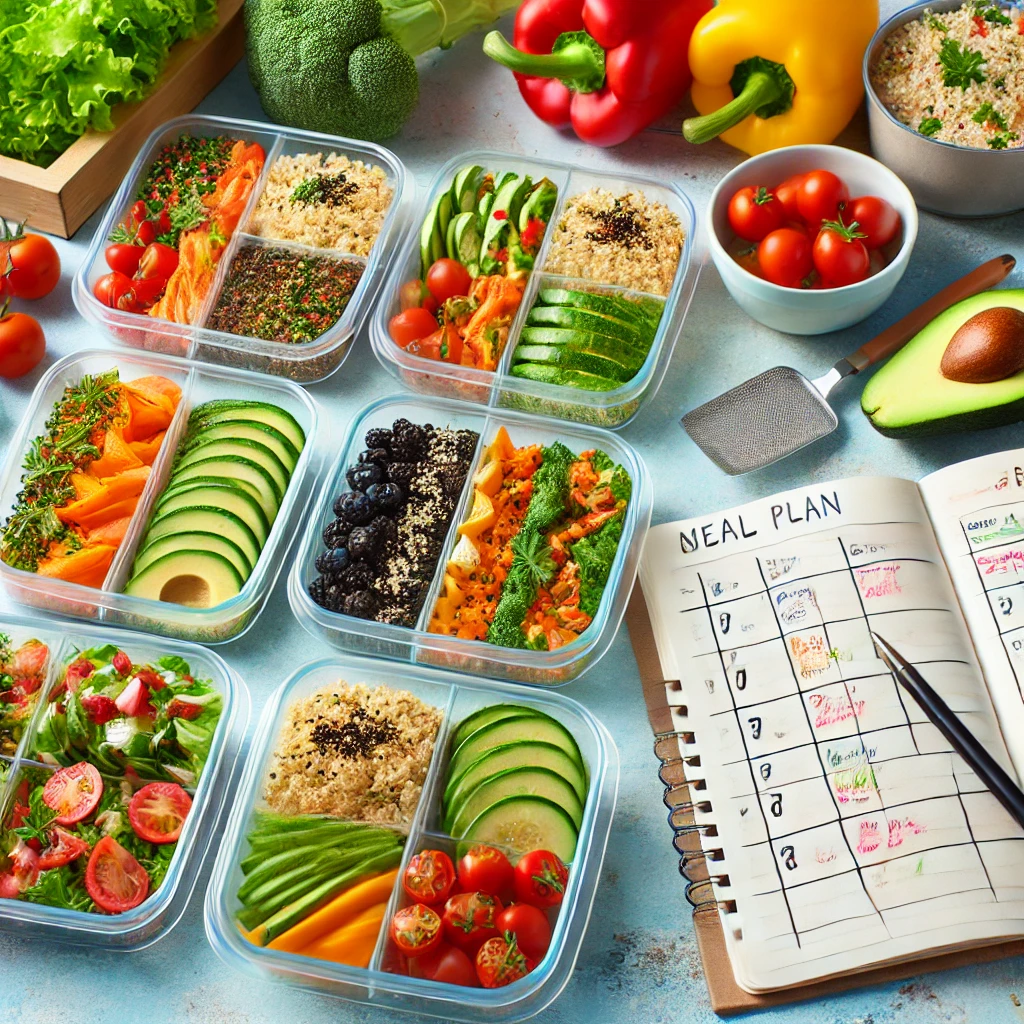
When embarking on a weight loss journey, setting realistic and attainable goals is fundamental for long-term success. Many individuals make the common mistake of aiming for rapid weight loss, which can often lead to unsustainable practices and eventual disappointment. Instead, focusing on gradual weight loss by setting achievable targets can foster healthy habits and boost motivation over time.
Begin by identifying your ultimate weight loss goal. To make this overarching objective more digestible, break it down into smaller, more manageable milestones. For instance, instead of aiming to lose 30 pounds in a short period, target a weekly or monthly goal, such as losing 1-2 pounds per week. This approach not only makes the process less overwhelming but also promotes steady progress and prevents the discouragement that can arise from unmet expectations.
Psychological aspects of goal-setting play an instrumental role in how well you stay on track. Motivation can ebb and flow, which is where the importance of celebrating small victories comes into play. Acknowledging and rewarding yourself for reaching these mini-milestones can maintain enthusiasm and reinforce the positive changes you’re making. This reinforcement acts as a psychological booster, encouraging you to continue striving toward your long-term goal.
Moreover, reframing the concept of success beyond the numbers on the scale can be beneficial. Recognize non-scale victories, such as increased energy levels, better sleep quality, and improved physical endurance. These indicators reflect your overall health and well-being, contributing to a more balanced and holistic view of your progress.
In sum, setting realistic weight loss goals lays the foundation for sustainable success. Gradual weight loss, smaller milestones, and acknowledging psychological components are all critical factors that contribute to a satisfying and long-lasting weight loss journey. By embracing these strategies, you can stay motivated, celebrate progress, and continue to advance toward your ultimate goals effectively.
Planning Balanced Meals
When setting out on a weight loss journey, it is crucial to plan balanced meals that not only align with your goals but also keep you satisfied and energized throughout the day. A well-balanced meal typically includes a variety of food groups such as proteins, carbohydrates, healthy fats, and an array of vitamins and minerals to fulfill the body’s nutritional needs. Incorporating diverse options in your diet can prevent monotony, which is often a culprit for diet fatigue.
Starting with breakfast, aim for a combination of protein, whole grains, and fresh produce. An example of a balanced breakfast could be a vegetable omelet paired with whole grain toast and a side of fruit. This meal provides lean protein, fiber, and essential vitamins, setting a solid foundation for the day ahead. Another option could be Greek yogurt topped with berries and a sprinkle of granola, offering a mix of protein, natural sugars, and fiber.
For lunch, consider a quinoa salad loaded with colorful vegetables, chickpeas, and a light vinaigrette. The quinoa supplies complex carbs and protein, while the veggies and chickpeas add fiber and crucial nutrients. Alternatively, a grilled chicken wrap with whole wheat tortillas, fresh greens, and a slice of avocado strikes a perfect balance between carbs, proteins, and healthy fats, ensuring sustained energy without unnecessary calories.
Dinner should ideally contain lean protein, whole grains, and plenty of vegetables. Grilled salmon served with a side of steamed broccoli and brown rice is an excellent option. The salmon provides omega-3 fatty acids and protein, while brown rice delivers complex carbohydrates and broccoli offers a rich supply of vitamins and fiber. Another satisfying dinner could be a stir-fry with tofu, mixed vegetables, and a touch of soy sauce, served over quinoa or farro.
Snacking smartly can be a game-changer when it comes to sticking with your weight loss plan. Opt for nutrient-dense options like a handful of nuts, which give you healthy fats and protein, or apple slices paired with almond butter, providing fiber and satisfying sweetness. Greek yogurt with a touch of honey or some vegetable sticks with hummus are also excellent snack choices that are both nutritious and appealing.
By incorporating a variety of food groups and ensuring meals are well-balanced, you can stay on course with your weight loss goals while enjoying a diverse and flavorful diet. Remember, the key is to enjoy what you eat while meeting your body’s nutritional requirements, thus maintaining both satisfaction and good health.
Shopping Smart: Creating a Healthy Grocery List
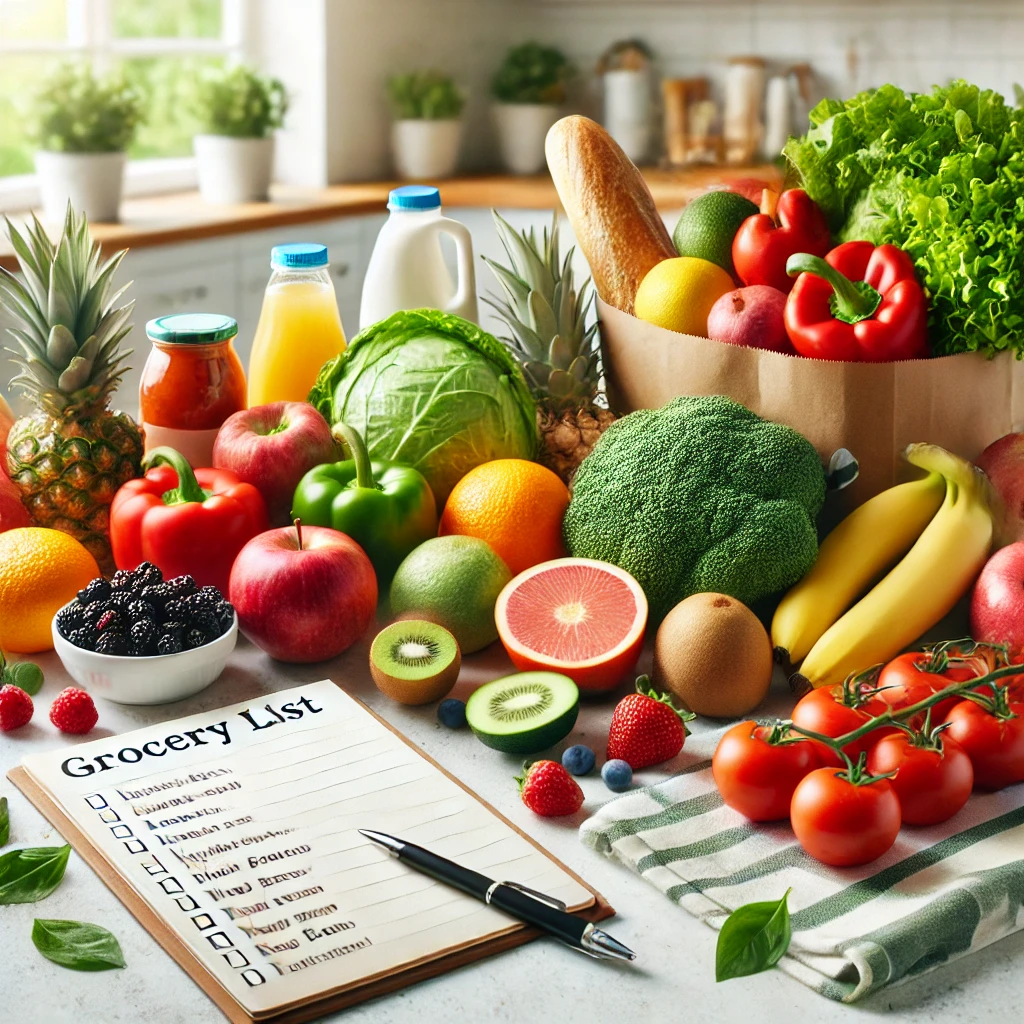
Creating a grocery list that aligns with your meal plan and weight loss goals is crucial for staying on track and ensuring you have nutritious options readily available. Begin by planning your meals in advance, which helps you identify the ingredients you need and prevents impulse buys. A well-prepared grocery list not only promotes healthy eating but also reduces food waste and saves money.
When navigating the grocery store, a useful tip is to stick to the perimeter, where fresh foods like fruits, vegetables, lean meats, and dairy products are typically located. These items are generally less processed and more nutrient-dense, making them ideal for a balanced diet. Avoiding the inner aisles where processed foods and sugary snacks tend to be placed can help you resist temptation and make healthier choices.
Reading nutrition labels is another essential practice. Look for products with lower amounts of added sugars, sodium, and unhealthy fats. Pay attention to serving sizes and ingredients lists; ingredients are listed in order of quantity, so the first few items can give you a good idea of the product’s overall healthiness. Opt for whole foods with minimal ingredients, favoring those rich in fiber, vitamins, and minerals.
Buying in bulk can be both economical and healthy if done correctly. Focus on bulk purchases of pantry staples like whole grains, legumes, nuts, and seeds, which can serve as the foundation for many nutritious meals. However, be cautious with bulk snacks and treats that might lead to overeating.
Choosing seasonal produce is another smart strategy. Seasonal fruits and vegetables are often fresher, more flavorful, and more affordable. They also tend to retain more nutrients compared to out-of-season produce, which may be stored or transported for long periods. Eating seasonally can add variety to your diet and enhance your meal planning efforts.
Incorporating these tips into your shopping routine can lead to a more organized, health-focused grocery list that supports your weight loss journey. By thoughtfully selecting ingredients and staying informed, you can ensure that your kitchen is stocked with foods that contribute to your overall health and dietary goals.
Meal Prep Strategies for Busy Lifestyles
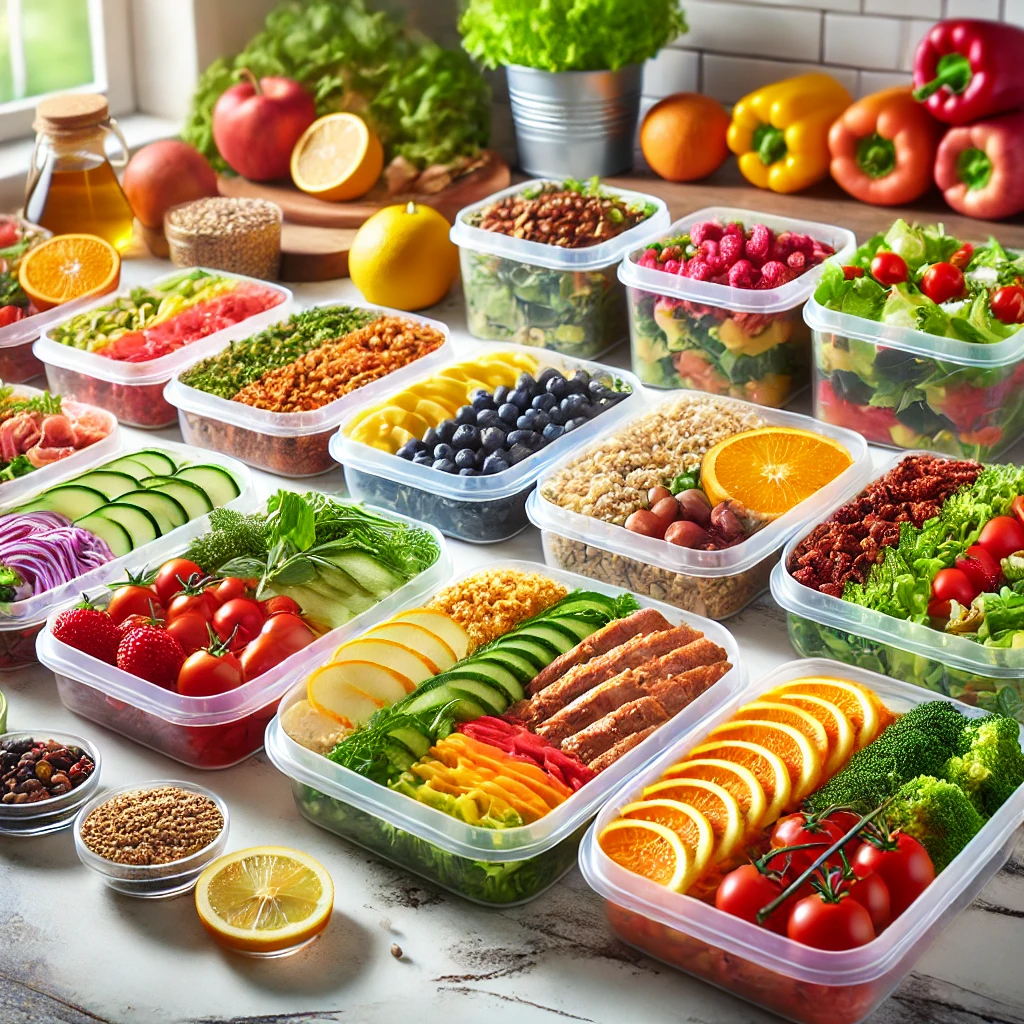
In today’s fast-paced world, finding time to prepare healthy meals consistently can be challenging. However, adopting efficient meal prep strategies can be a game-changer for those aiming to stick to a weight loss plan. One of the most effective techniques is batch cooking, which involves preparing large quantities of food at once and portioning it out for the week. This not only saves time but also ensures that you always have healthy meals ready to go, reducing the temptation to opt for unhealthy, convenient options.
Utilizing kitchen gadgets like slow cookers and Instant Pots can significantly streamline the cooking process. Slow cookers, for example, allow you to throw in ingredients in the morning and return home to a ready-made, nutritious dinner. Instant Pots, on the other hand, combine the functionality of multiple kitchen devices and can reduce cooking times dramatically, making them invaluable for preparing meals quickly.
Prepping ingredients ahead of time is another key strategy. By washing, chopping, and portioning out ingredients in advance, you can simplify the cooking process during the week and make healthy eating more achievable. For instance, chopping vegetables and storing them in the refrigerator can save substantial time when you need to quickly assemble a stir-fry or salad.
A sample meal prep schedule might involve dedicating a couple of hours on a Sunday to prepare meals and snacks for the upcoming week. Consider cooking a large batch of a versatile protein, such as grilled chicken or tofu, that can be used in various dishes like salads, wraps, or grain bowls. Cooking grains like quinoa or brown rice in bulk can also provide a quick and healthy base for a variety of meals.
Additionally, having a collection of go-to recipes that you enjoy and can prepare quickly helps maintain variety and satisfaction in your diet. Some ideas might include overnight oats for breakfast, mason jar salads for lunch, and sheet pan dinners for evenings. By employing these meal prep strategies, you can enhance your efficiency in the kitchen while maintaining consistency with your weight loss meal plan.
Staying Satisfied and Avoiding Temptations
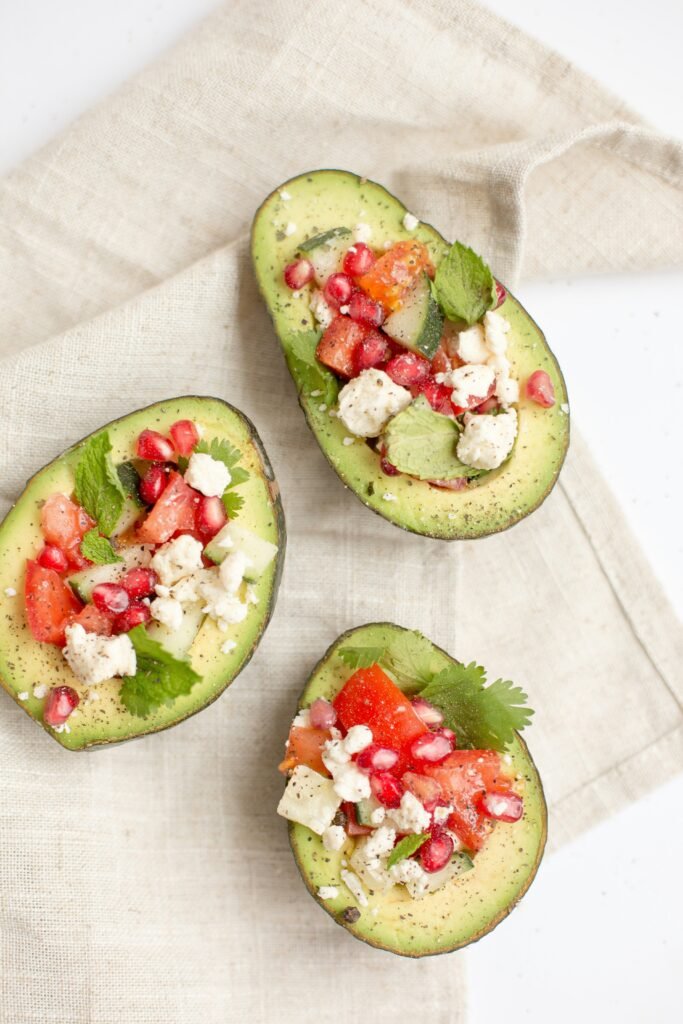
Maintaining satisfaction while meal planning for weight loss can be challenging, but it is crucial for long-term success. Incorporating the right nutrients into your diet can help curb hunger and avoid temptations. To this end, fiber, protein, and healthy fats play significant roles in promoting satiety.
Fiber-rich foods such as vegetables, fruits, whole grains, and legumes are essential. They not only prolong the feeling of fullness but also promote healthy digestion, which is beneficial for weight management. Protein is another key player, as it helps reduce appetite and boosts metabolic rate. Incorporate lean sources of protein such as chicken, turkey, tofu, and legumes into your meals.
Healthy fats should not be overlooked. Despite common misconceptions, fats can contribute significantly to feeling full. Sources like avocados, nuts, seeds, and olive oil can be satisfying additions to your diet, providing crucial nutrients without leading to unhealthy weight gain.
Keeping healthy snacks handy can be a lifesaver. Consider options like Greek yogurt, raw veggies with hummus, or a handful of nuts. These choices are nutritious and can stave off the mid-day hunger pangs that often lead to poor food choices.
Managing cravings is another critical aspect of staying on track. Engage in mindful eating practices to recognize when you’re truly hungry versus when you’re eating out of habit or emotion. Slow down while eating and savor each bite, making it easier to recognize signals of fullness. Additionally, finding healthy alternatives for your favorite treats can make a substantial difference. For instance, subbing baked sweet potato fries for regular fries or opting for dark chocolate instead of milk chocolate can satisfy cravings in a healthier manner.
By prioritizing foods that promote fullness, keeping healthier snacks within reach, and adopting mindful eating strategies, you can stay satisfied and avoid temptations, making your weight loss journey more manageable and successful.
Tracking Progress and Adjusting Your Plan
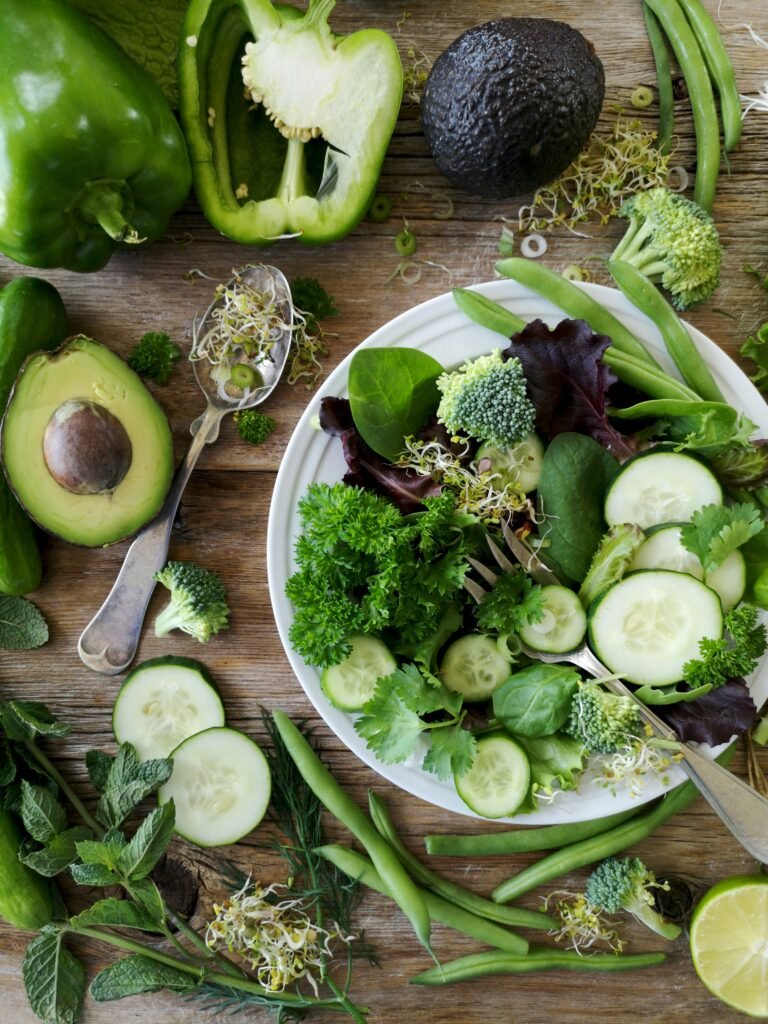
Tracking progress is a crucial component of successful weight loss. By systematically monitoring your advancements, you can effectively assess what aspects of your meal planning are working and identify areas requiring adjustment. Various tools and methods exist to facilitate progress tracking. Mobile applications offer convenient and detailed ways to log meals, track nutritional intake, and monitor physical activities. Apps like MyFitnessPal or Lose It! provide comprehensive databases, making it easier to stay accountable. For those who prefer a more tactile approach, maintaining a food journal can also be beneficial. Recording daily food intake, mood, and energy levels can help recognize patterns and triggers that affect your weight loss journey.
Periodic check-ins with a health professional are another effective strategy. A dietitian or nutritionist can offer expert advice and adjustments to your meal plan based on your progress. Regular weigh-ins, body measurements, and even blood tests can provide a comprehensive picture of your health trajectory. These routine consultations ensure that you stay on track and make informed adjustments to your dietary habits.
Plateaus are a common challenge in the weight loss journey. These periods, when progress stalls, can be frustrating but are a natural part of the process. Addressing plateaus involves assessing and tweaking your meal plan and physical activity levels. Introducing variety in your diet, adjusting portion sizes, or incorporating new exercises can help break through these stagnant phases. It’s essential to remain patient and persistent, understanding that progress may not always be linear.
Flexibility is vital when navigating meal planning for weight loss. As your body changes, its nutritional requirements and responses to food may also evolve. Staying adaptable by adjusting your meal plan to reflect these changes will help sustain long-term success. Embrace a mindset of continual learning and openness to modifications, ensuring your plan remains responsive to your needs and circumstances.


